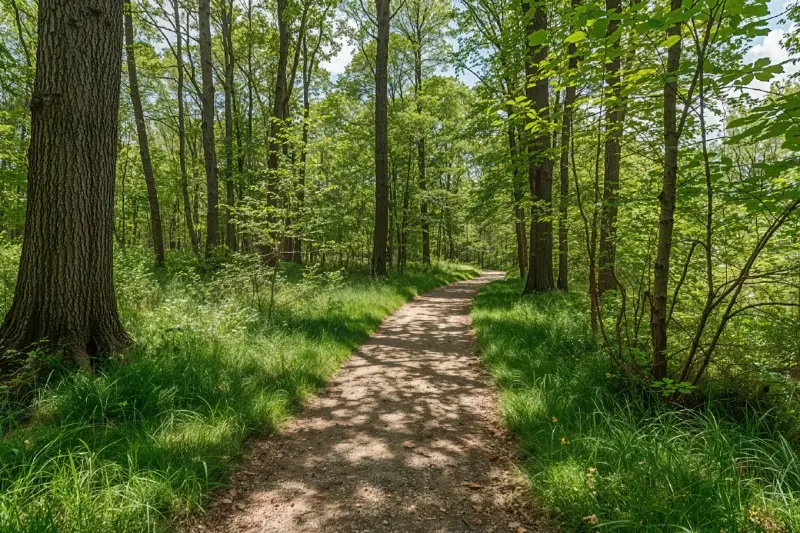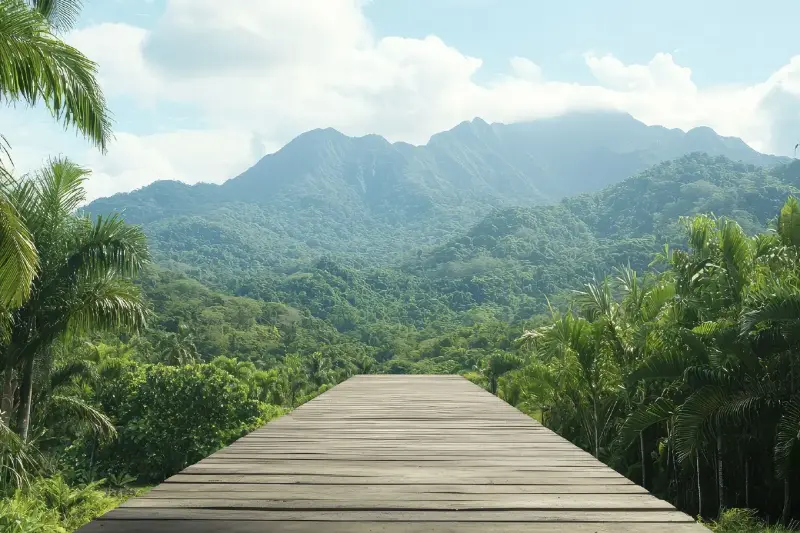
For many nature lovers, one of the greatest joys is spotting a deer, a bear, or even a rare wildcat as it moves through the forest, meadow, or across a riverbank. But have you ever wondered how animals know where to go, or what happens when their paths are blocked? Enter the concept of wildlife corridors—a simple but powerful tool at the heart of modern conservation efforts. Wildlife corridors don’t just connect patches of land; they connect the future of countless species and play a key role in the balance of our natural world.
What Are Wildlife Corridors?
Wildlife corridors are stretches of natural habitat that link separate populations of animals, letting them move safely from one area to another. Imagine these corridors as animal highways. Instead of city streets, though, they’re forests, grasslands, rivers, or even specially-built bridges crossing over busy roads.
Natural corridors might be strips of woodland along a river or a narrow valley between two mountains. Sometimes, when natural connections have been cut off by roads, farms, or towns, conservationists step in to create artificial corridors—by planting trees, building underpasses for animals, or restoring old habitats. The aim is always the same: connecting isolated habitats so animals can roam, feed, mate, and survive.
Why Wildlife Corridors Matter
The importance of wildlife corridors goes beyond just getting animals from point A to point B. Fragmented habitats—caused by roads, agriculture, and urban areas—are one of the main reasons why many species are struggling today. When animals can’t move freely, populations become isolated. This leads to inbreeding, lack of food, and even local extinctions.
Corridors help in a variety of ways. They allow animals to find new mates, keeping populations genetically healthy. They give young animals a way to disperse and find new territories instead of competing for space and resources in one overcrowded patch. They also offer escape routes during natural disasters like fires or floods, allowing species a better chance to survive.
Some of the most exciting success stories of conservation come from places where corridors have reconnected landscapes. For instance, in India, corridors between forest reserves have allowed endangered tigers and elephants to move safely, reducing deadly encounters with humans. In Europe, “green bridges” now arch over busy highways so that deer, bears, and even frogs can cross without risk.
The Science Behind Connectivity
Scientists have long warned about the dangers of “habitat fragmentation.” Studies show that even a narrow road or a thin strip of farmland can dramatically reduce wildlife movement. Animals like wolves and jaguars need huge territories and can travel for miles. Yet, if a busy highway or a fence stands in their way, their ability to find food and reproduce is compromised.
Genetic research has made the case for corridors even clearer. When populations are cut off from each other, genetic diversity drops. This makes animals more vulnerable to disease and environmental changes. With less gene flow, each isolated group becomes weaker over time. Corridors turn this around by restoring the natural flow of genes across a landscape.
It’s not just about big mammals, either. Smaller creatures—like butterflies, frogs, and even bees—benefit from corridors. For them, a strip of wildflowers between two fields or a hedgerow can mean the difference between thriving or disappearing.

Human Challenges and Innovative Solutions
Despite their benefits, building wildlife corridors is not always easy. One major challenge is land use. As towns and farms expand, natural habitats shrink and become more expensive to restore. There’s also the risk that corridors could unintentionally help diseases or invasive species spread.
These challenges have inspired clever solutions across the world. In Africa, conservationists work with local communities to set aside parts of their land for elephant migration, compensating farmers for lost crops and collaborating on ways to protect both people and wildlife. In North America and Australia, eco-bridges and underpasses have become more common, backed by both science and public support.
Technology, too, is lending a hand. Satellites and GPS collars track how animals move, helping experts design better corridors. Citizen scientists are now reporting animal sightings through smartphone apps, giving real-time information that shapes future projects.
Corridors and Climate Change
One powerful but sometimes overlooked benefit of wildlife corridors is their role in helping nature adapt to climate change. As temperatures rise and weather patterns shift, plants and animals are forced to move to new areas to survive. Corridors become lifelines, especially for those species that can’t fly or travel great distances. In this sense, protecting connectivity is one of the best ways to build resilience into our ecosystems for years to come.
A Shared Future: People And Wildlife
Wildlife corridors are a symbol of hope—proof that humans and animals can share the earth in smarter ways. The concept isn’t just about saving animals for their own sake, but about creating landscapes where life, in all its forms, is healthier and more sustainable.
Next time you see a hedgehog scurrying through a garden gate in the city or deer moving across a patch of woodland on the edge of a suburb, think of the invisible networks that support their journeys. In connecting land, we connect life—and ultimately, a better future for everyone.
